When it comes to insulating your home, there are many options available, but blown-in insulation is an excellent choice. Not only is it an affordable way to improve energy efficiency, but it also helps to reduce noise and increase your home's overall comfort. If you're considering blown-in insulation, you'll need to know the materials required to get the job done.
Blower Machine
One of the primary materials needed for blown-in insulation installation is a blower machine. This machine is used to blow the insulation material into the desired areas. While you can rent a blower machine from a local home improvement store, it's important to note that not all machines are created equal. Be sure to choose a high-quality blower machine that's suitable for the type of insulation material you'll be using.
Insulation Material
The type of insulation material you choose will depend on various factors, including your budget, the climate in your area, and your home's layout. The most common insulation materials for blown-in insulation are cellulose, fiberglass, and mineral wool. Cellulose is made from recycled materials, making it an eco-friendly option. Fiberglass is a popular choice due to its affordability and excellent insulating properties. Mineral wool, made from natural rock materials, is an excellent choice for those concerned about fire safety.
Insulation Bags
To ensure that the insulation material is distributed evenly, it's essential to use insulation bags. These bags help to regulate the flow of the insulation material and prevent it from clumping together. Be sure to use bags that are suitable for the type of insulation material you'll be using.
Protective Gear
When working with blown-in insulation, it's important to wear protective gear. This gear includes a mask, gloves, and safety glasses. The insulation material can be harmful if it gets into your eyes or lungs, so it's important to take the necessary precautions.
Accessories
There are various accessories you'll need for blown-in insulation installation, including a hose, nozzle, and insulation netting. The hose is used to direct the insulation material to the desired area, while the nozzle helps to regulate the flow of the insulation. Insulation netting is used to hold the insulation material in place and prevent it from settling over time.
Blown-in insulation is an excellent way to improve your home's energy efficiency and overall comfort. When installing blown-in insulation, be sure to have all the necessary materials on hand, including a blower machine, insulation material, insulation bags, protective gear, and accessories. By taking the time to prepare properly, you can ensure a successful installation that will provide long-lasting benefits.
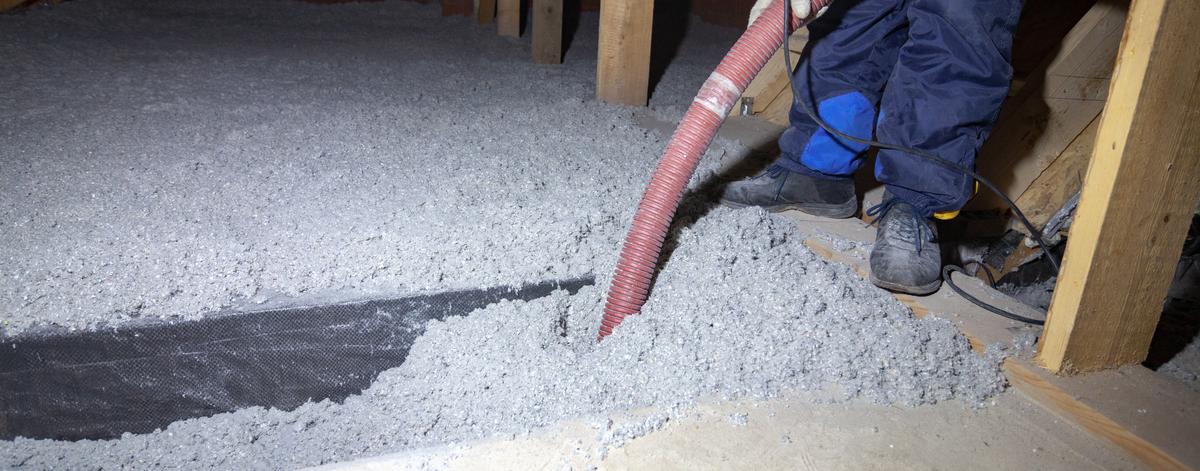

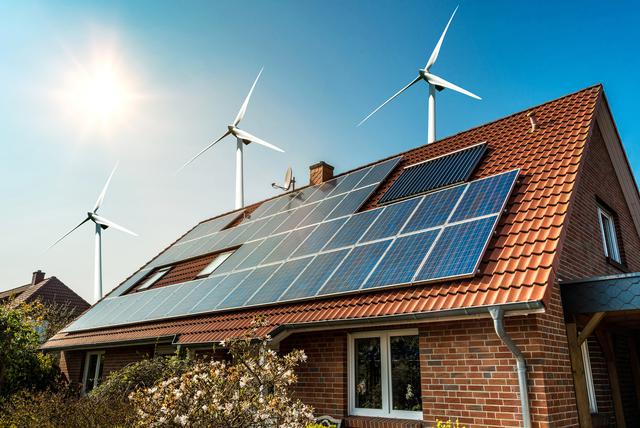
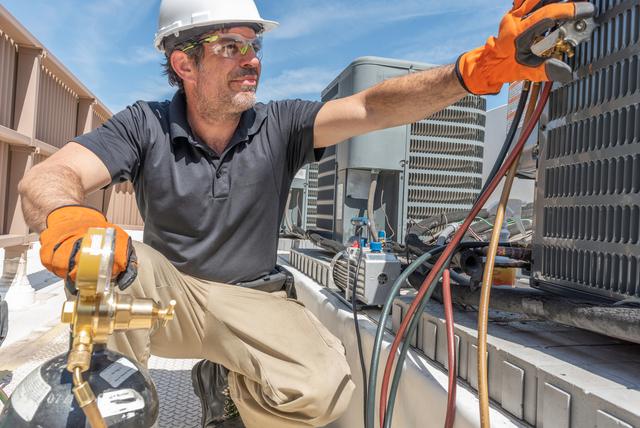
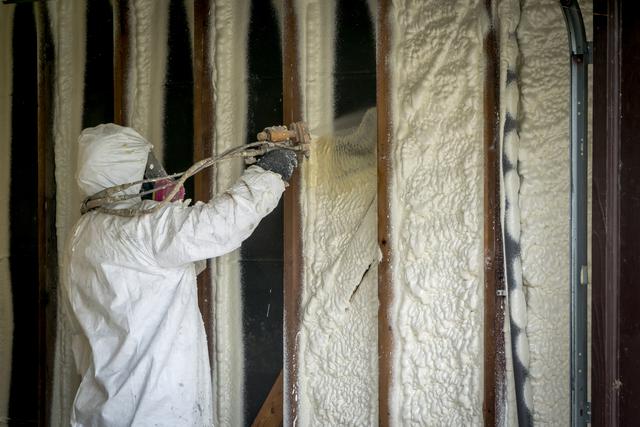
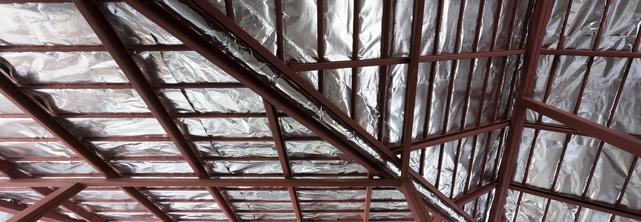
comments